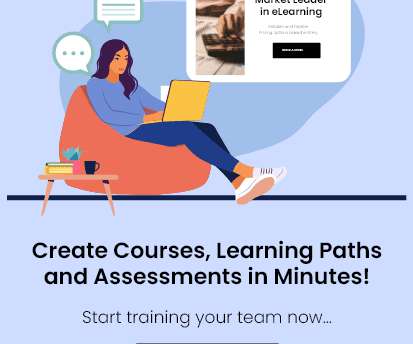An example of informal learning from Europe
Jay Cross's Informal Learning
JANUARY 26, 2010
Harm told me about his team’s experience with informal learning in an engagement with Sara Lee. When finished this individual brainstorm, we plenary discussed the results, what resulted in the following list of learning activities: - Experiences on the job. Networking. Networking 30%. Networking.
























Let's personalize your content